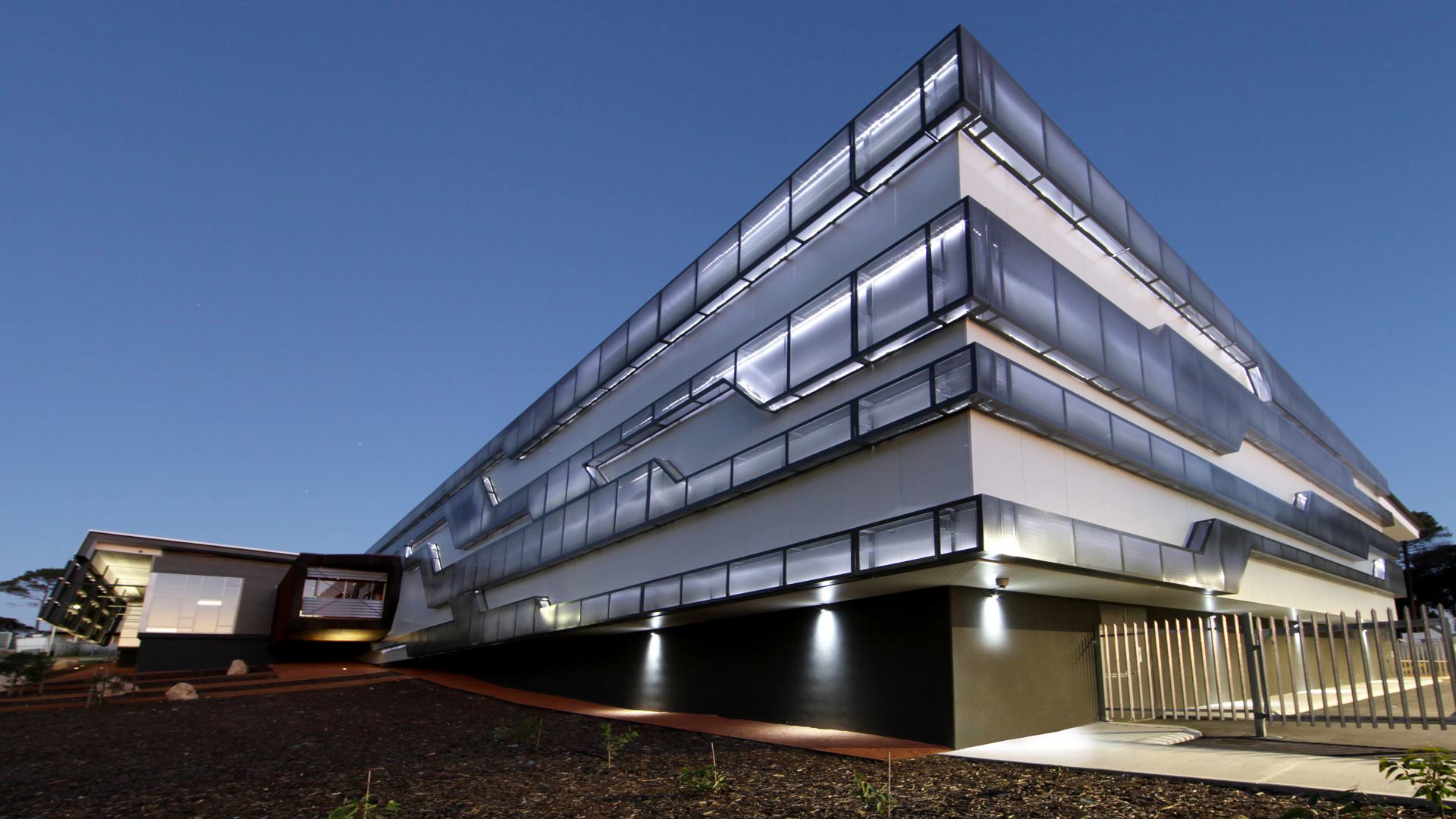Nvidia Grace Hopper Superchip poised to push the boundaries of quantum computing in Australia
Pawsey Supercomputing Research Center will leverage the CUDA Quantum platform.

Australia’s National Supercomputing and Quantum Computing Innovation Hub is set to use Nvidia Grace Hopper Superchips to push the boundaries of quantum computing. In a news release sent to Tom’s Hardware, Nvidia says that the Pawsey Supercomputing Research Centre in Perth will deploy eight Nvidia Grace Hopper Superchip nodes to power the open-source CUDA Quantum computing platform. It is expected that the new supercomputer will be able to deliver up to 10x higher processing performance than the center has access to now.
The stated purpose of the Grace Hopper Superchip nodes in Pawsey is for researchers at the center to run powerful simulation tools and hopefully make breakthroughs in fields like algorithm discovery, device design, quantum machine learning, chemistry simulations, image processing for radio, astronomy, financial analysis, bioinformatics, and more. It is also hoped to advance scientific exploration in Australia and the world.
The Nvidia Grace Hopper Superchip’s Grace CPU and Hopper GPU architectures are central to the above aspirations and the Nvidia cuQuantum software development kit. This powerful hardware and software melding forms the green team’s open-source hybrid quantum computing platform, known more succinctly as the CUDA Quantum platform.
At Pawsey, eight Grace Hopper Superchip nodes based on the Nvidia MGX modular architecture will be deployed, according to the press release we received. It explains that “GH200 Superchips eliminates the need for a traditional CPU-to-GPU PCIe connection by combining an Arm-based Nvidia Grace CPU with an Nvidia H100 Tensor Core GPU in the same package, using Nvidia NVLink-C2C chip interconnects MGX modular architecture.” A significant benefit of the new interconnects is that the bandwidth between the GPU and CPU is seven times greater than the latest PCIe technology. Moreover, the researchers in Australia are looking forward to a ten-fold increase in application performance when processing data sets measured in terabytes.
We asked Nvidia for some more technical details about the Superchip nodes at Pawsey. It turns out that each node will be using 'just' a single GH200 with Grace CPU and a H100 96GB of HBM3. Thus, the new installation at Pawsey Supercomputing Research Centre in Perth will feature eight nodes each with one GH200 for a total of 8x GH200 (8x Grace CPU and 8x H100 96GB GPU).
One of the other major appealing features of the Nvidia CUDA Quantum platform is that it offers a hybrid solution bridging the worlds of quantum and classical computing. Nvidia claims it is a first-of-its-kind and “enables dynamic workflows across disparate system architectures.” Researchers can use this platform to integrate and program quantum processing units (QPUs), GPUs, and CPUs in one system. It is also, of course, GPU-accelerated for scalability and performance.
The installation of the new Nvidia Grace Hopper Superchip nodes at Pawsey isn’t purely for advancing knowledge or solving some esoteric scientific problems. The Australian government also reckons investments like this make good business sense. According to Australia’s national science agency, the domestic market opportunity offered by quantum computing is set to be worth $2.5 billion per annum. Additionally, it is estimated that quantum advances could create 10,000 new Australian jobs by 2040.
Get Tom's Hardware's best news and in-depth reviews, straight to your inbox.

Mark Tyson is a news editor at Tom's Hardware. He enjoys covering the full breadth of PC tech; from business and semiconductor design to products approaching the edge of reason.